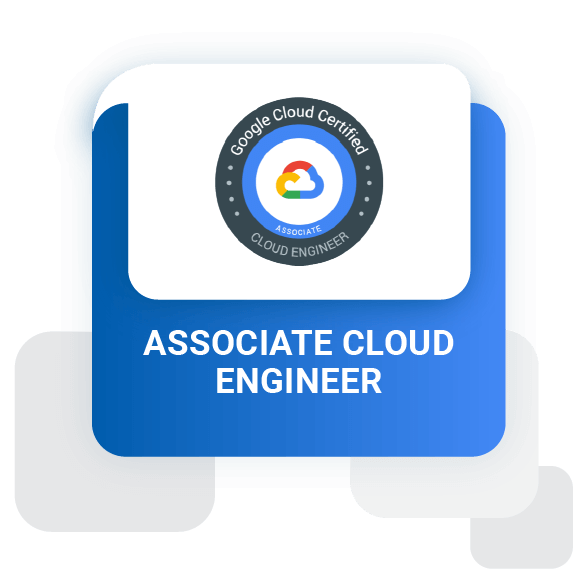

Overview
The course provides students with an understanding of infrastructure on Google Cloud with a focus on Compute Engine and Kubernetes Engine. You will learn how to deploy, operate, monitor, manage, and ensure the security of applications and resources on Google Cloud. The course includes lectures, demos, and hands-on labs through which you will learn how to set up a solution environment, plan, and configure the solution to operate smoothly and ensure the security of the solution. Thereby you will understand the privacy and billing policies of Google Cloud
Duration: 32h
Audience

- Cloud Solutions Architects, DevOps Engineers.
- Individuals using Google Cloud Platform to create new solutions or to integrate existing systems, application environments, and infrastructure, with a focus on Compute Engine
prerequisite
- Completed Google Cloud Fundamentals: Core Infrastructure or have equivalent experience.
- Have basic proficiency with command-line tools and Linux operating system environments.
- Have systems operations experience, including deploying and managing applications, either on-premises or in a public cloud environment.
Objective
After completing the course, students will have the following knowledge:
- Configure VPC networks and virtual machines
- Administer Identity and Access Management for resources
- Implement data storage services in GCP
- Manage and examine billing of GCP resources
- Monitor resources using Stackdriver services
- Connect your infrastructure to GCP
- Configure load balancers and autoscaling for VM instances
- Automate the deployment of GCP infrastructure services
- Understand how pod networking works in Kubernetes Engine.
- Create Kubernetes Engine clusters using the Google Cloud Console and gcloud/ kubectl commands.


OUTLINE
01
Introduction to Google Cloud
List the different ways of interacting with Google Cloud.
Use the Cloud Console and Cloud Shell.
Use the Google Cloud Marketplace to deploy solutions.
02
Virtual Machines
Recall the CPU and memory options for virtual machines.
Describe the disk options for virtual machines.
Explain VM pricing and discounts.
Use Compute Engine to create and customize VM instances.
03
Virtual Networks
List the VPC objects in Google Cloud.
Differentiate between the different types of VPC networks.
Implement VPC networks and firewall rules.
Implement Private Google Access and Cloud NAT.
04
Storage and Database Services
Differentiate between Cloud Storage, Cloud SQL, Cloud Spanner, Cloud Firestore and Cloud Bigtable.
Create Cloud Storage buckets.
Choose a data storage service based on your requirements.
Implement data storage services.
05
CloudIAM
Describe the Cloud IAM resource hierarchy.
Explain the different types of IAM roles.
Recall the different types of IAM members.
Implement access control for resources using Cloud IAM.
06
Resource Management
Describe the cloud resource manager hierarchy.
Recognize how quotas protect Google Cloud customers.
Use labels to organize resources.
Explain the behavior of budget alerts in Google Cloud.
Examine billing data with BigQuery.
07
Resource Monitoring
Describe the services for monitoring, logging, error reporting, tracing, and debugging.
Create charts, alerts, and uptime checks for resources with Cloud Monitoring.
Use Cloud Debugger to identify and fix errors.
08
Interconnecting Networks
Recall the Google Cloud interconnect and peering services available to connect your infrastructure to Google Cloud.
Determine which Google Cloud interconnect or peering service to use in specific circumstances.
Create and configure VPN gateways.
Recall when to use Shared VPC and when to use VPC Network Peering.
09
Load Balancing and Autoscaling
Recall the various load balancing services.
Determine which Google Cloud load balancer to use in specific circumstances.
Describe autoscaling behavior.
Configure load balancers and autoscaling.
10
Infrastructure Modernization
Automate the deployment of Google Cloud services using Deployment Manager or Terraform.
Outline the Google Cloud Marketplace.
11
Managed Services
Describe the managed services for data processing in Google Cloud.
Cloud Function
Cloud Run
12
Containers and Kubernetes in Google Cloud
Create a container using Cloud Build.
Store a container in Container Registry.
Understand the relationship between Kubernetes and Google Kubernetes Engine (GKE).
Understand how to choose among Google Cloud Compute platforms.
13
Kubernetes Architecture
Understand the architecture of Kubernetes: pods, namespaces.
Understand the control-plane components of Kubernetes.
Create container images using Cloud Build.
Store container images in Container Registry.
Create a Kubernetes engine cluster.
14
Introduction to Kubernetes Workloads
The kubectl Command
Deployments
Ways to Create Deployments
Services and Scaling
Updating Deployments
Blue-Green Deployments
Canary Deployments
Managing Deployments
Lab: Creating Google Kubernetes Engine Deployments
15
Pod Networking
Pod Networking
Volumes
Volume Types part 1
Volume Types part 2
The PersistentVolume abstraction
Lab: Configuring Persistent Storage for Google Kubernetes Engine
16
Summary
Study with
Google Cloud expert








Student feedback
Cloud Ace Training
Bringing great experiences to students


Trần Tuấn Anh
IT

Nguyễn Ngọc Minh Thy
Data Engineer

Trương Quốc Thắng
Data Engineer

Phạm Văn Hùng
IT

Dương Minh Phương
Engineer

REGISTER NOW
TO BECOME " GOOGLE CLOUD EXPERT"



